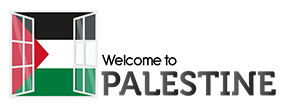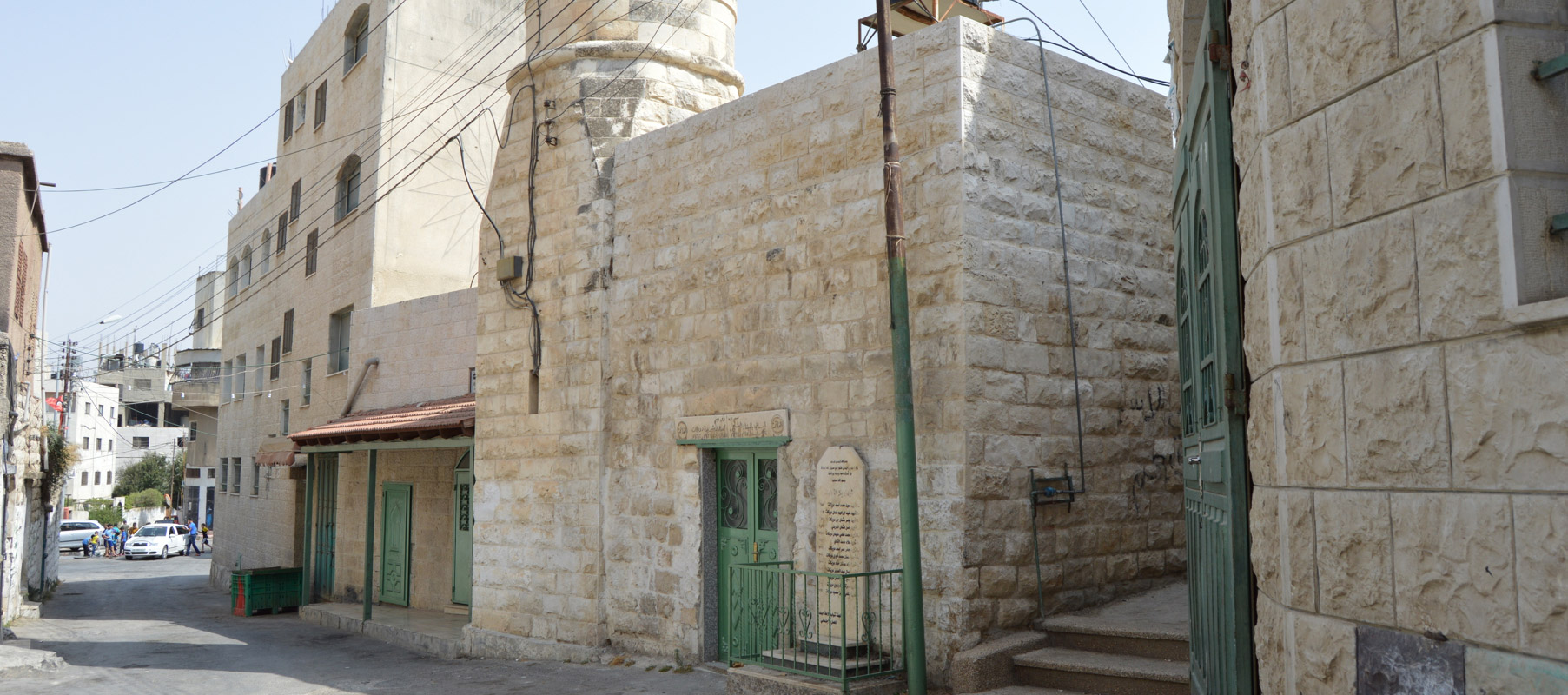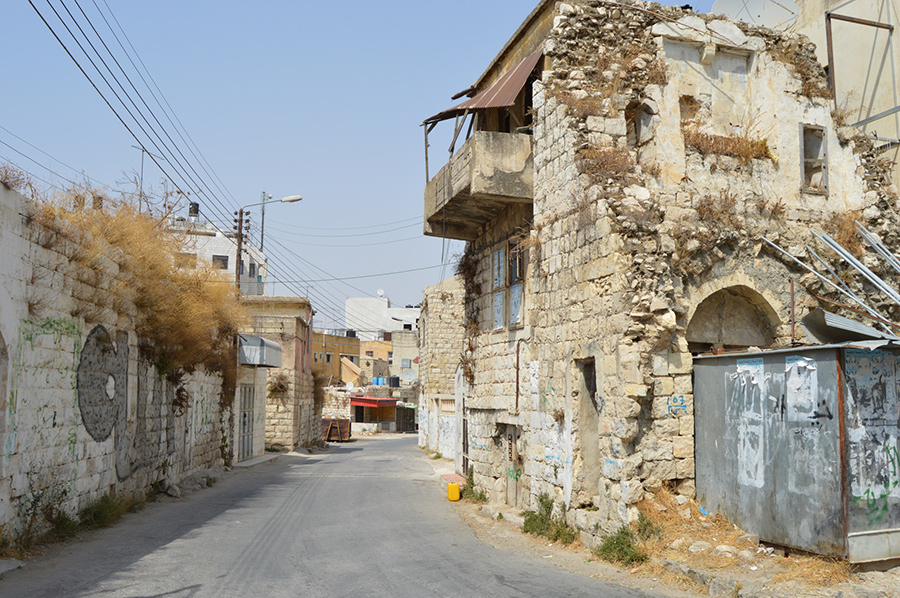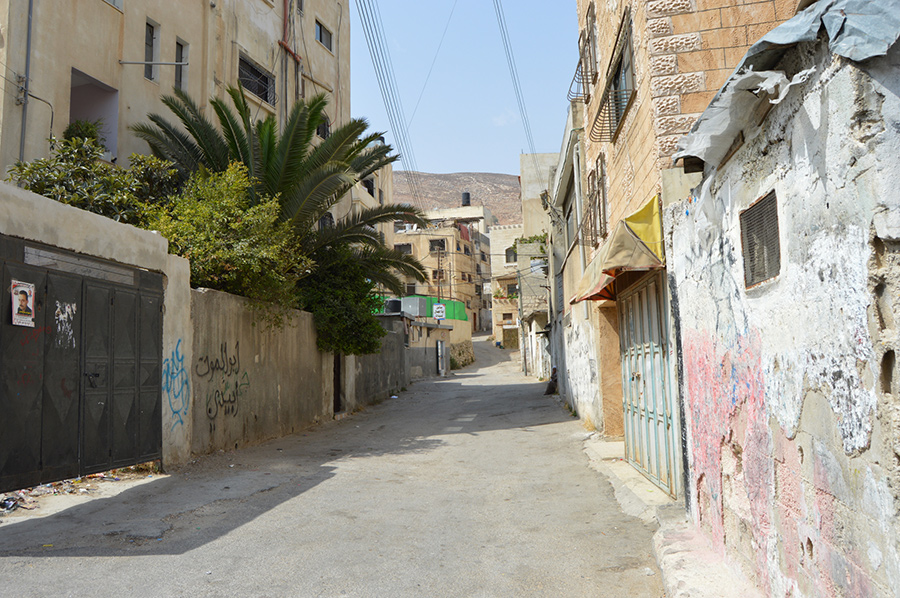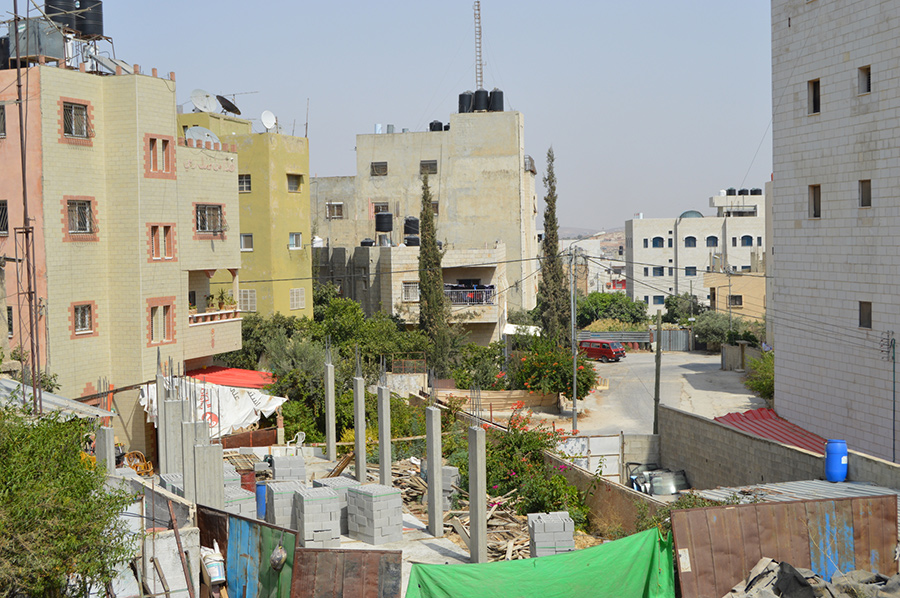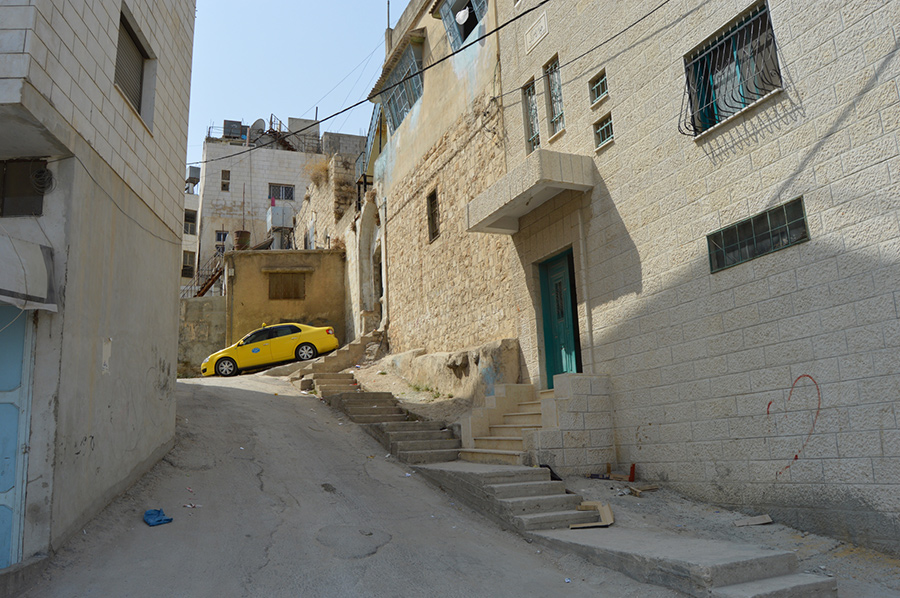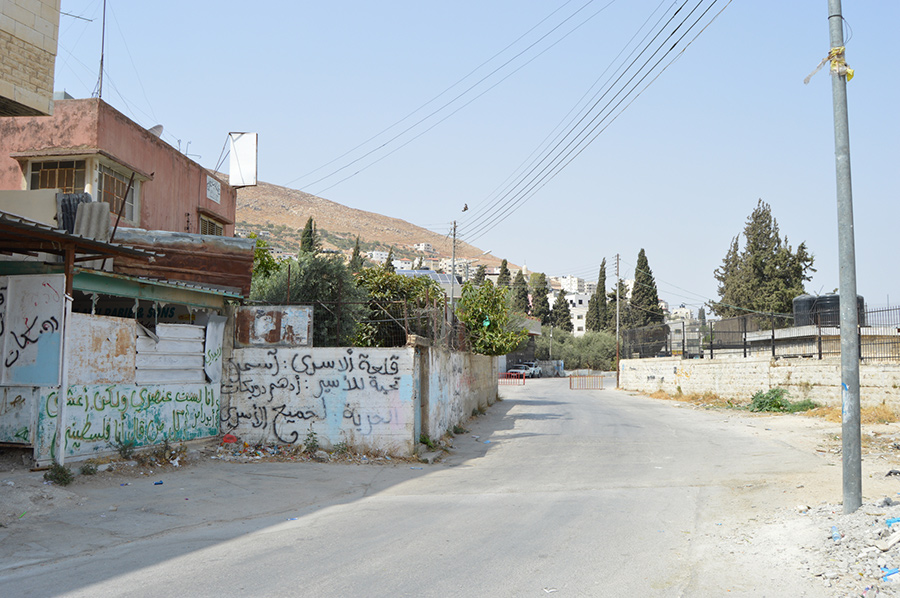Balata
On the outskirts of Nablus city lies the village of Balata, home to both an ancient archaeological park and the largest refugee camp in the West Bank. The village itself is built around pretty streets and classic Arab architecture, but it is the site of Tell Balata – thought to be the biblical Shechem – which brings the tourists to Balata.
Meanwhile Balata refugee camp, established in 1950, by the UN, somehow fits a staggering 30,000 residents into just 0.25 square kilometres of land. It was originally set up by the UN in 1950 to offer temporary housing, in tents for the refugees of Jaffa. By 1956 however it became clear that the refugees were not going to be able to return to their homes in Jaffa and so their tents were replaced with brick housing. Here the UNRWA (United Nations Relief and Works Agency) funds a school for around 5,000 pupils (See sub-page on Balata refugee camp).
